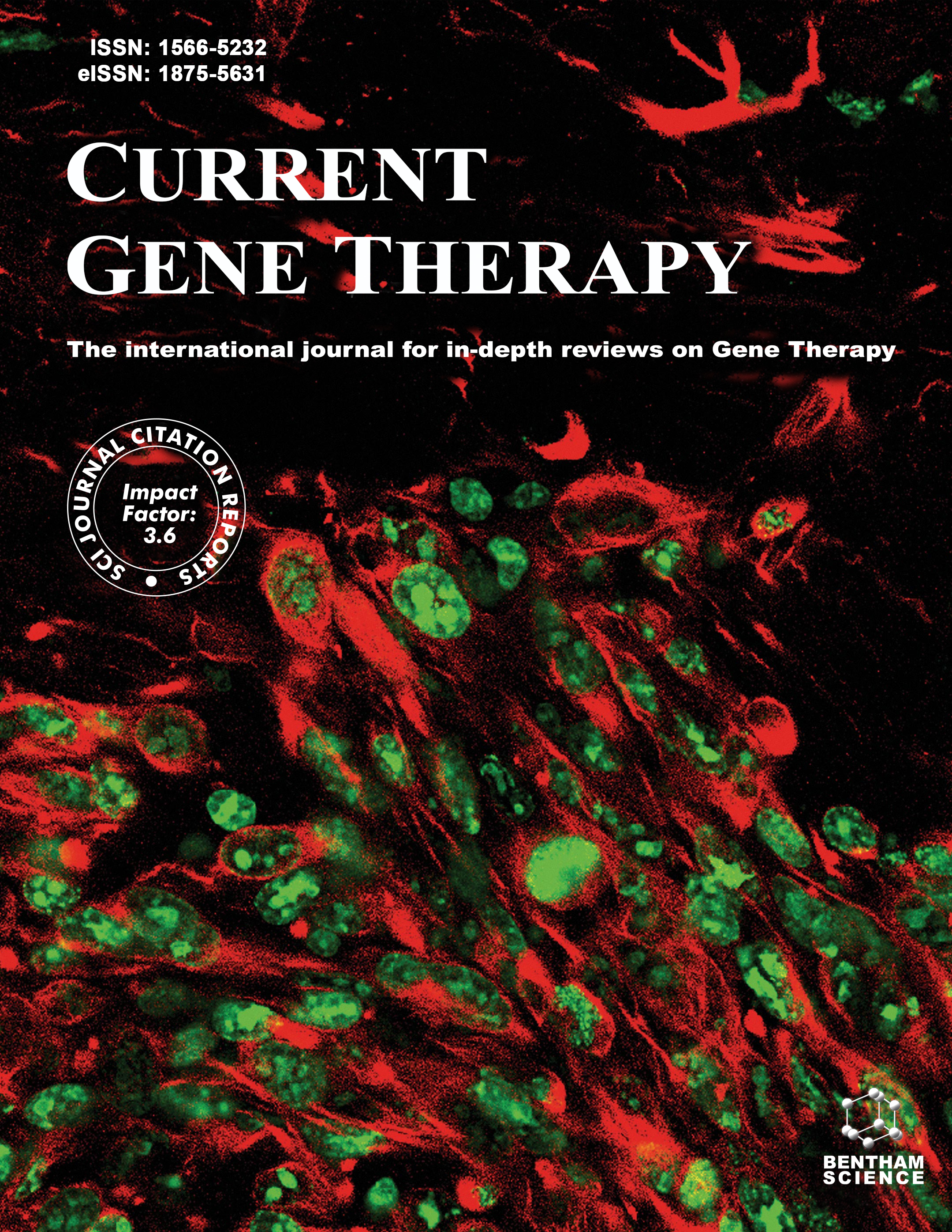-
s A Hantavirus Pulmonary Syndrome (HPS) DNA Vaccine Delivered Using a Spring-powered Jet Injector Elicits a Potent Neutralizing Antibody Response in Rabbits and Nonhuman Primates
- Source: Current Gene Therapy, Volume 14, Issue 3, Jun 2014, p. 200 - 210
-
- 01 Jun 2014
Abstract
Sin Nombre virus (SNV) and Andes virus (ANDV) cause most of the hantavirus pulmonary syndrome (HPS) cases in North and South America, respectively. The chances of a patient surviving HPS are only two in three. Previously, we demonstrated that SNV and ANDV DNA vaccines encoding the virus envelope glycoproteins elicit high-titer neutralizing antibodies in laboratory animals, and (for ANDV) in nonhuman primates (NHPs). In those studies, the vaccines were delivered by gene gun or muscle electroporation. Here, we tested whether a combined SNV/ANDV DNA vaccine (HPS DNA vaccine) could be delivered effectively using a disposable syringe jet injection (DSJI) system (PharmaJet, Inc). PharmaJet intramuscular (IM) and intradermal (ID) needle-free devices are FDA 510(k)-cleared, simple to use, and do not require electricity or pressurized gas. First, we tested the SNV DNA vaccine delivered by PharmaJet IM or ID devices in rabbits and NHPs. Both IM and ID devices produced high-titer anti-SNV neutralizing antibody responses in rabbits and NHPs. However, the ID device required at least two vaccinations in NHP to detect neutralizing antibodies in most animals, whereas all animals vaccinated once with the IM device seroconverted. Because the IM device was more effective in NHP, the Stratis® (PharmaJet IM device) was selected for follow-up studies. We evaluated the HPS DNA vaccine delivered using Stratis® and found that it produced high-titer anti-SNV and anti-ANDV neutralizing antibodies in rabbits (n=8/group) as measured by a classic plaque reduction neutralization test and a new pseudovirion neutralization assay. We were interested in determining if the differences between DSJI delivery (e.g., high-velocity liquid penetration through tissue) and other methods of vaccine injection, such as needle/syringe, might result in a more immunogenic DNA vaccine. To accomplish this, we compared the HPS DNA vaccine delivered by DSJI versus needle/syringe in NHPs (n=8/group). We found that both the anti-SNV and anti-ANDV neutralizing antibody titers were significantly higher (p-value 0.0115) in the DSJI-vaccinated groups than the needle/syringe group. For example, the anti-SNV and anti-ANDV PRNT50 geometric mean titers (GMTs) were 1,974 and 349 in the DSJI-vaccinated group versus 87 and 42 in the needle/syringe group. These data demonstrate, for the first time, that a spring-powered DSJI device is capable of effectively delivering a DNA vaccine to NHPs. Whether this HPS DNA vaccine, or any DNA vaccine, delivered by spring-powered DSJI will elicit a strong immune response in humans, requires clinical trials.


